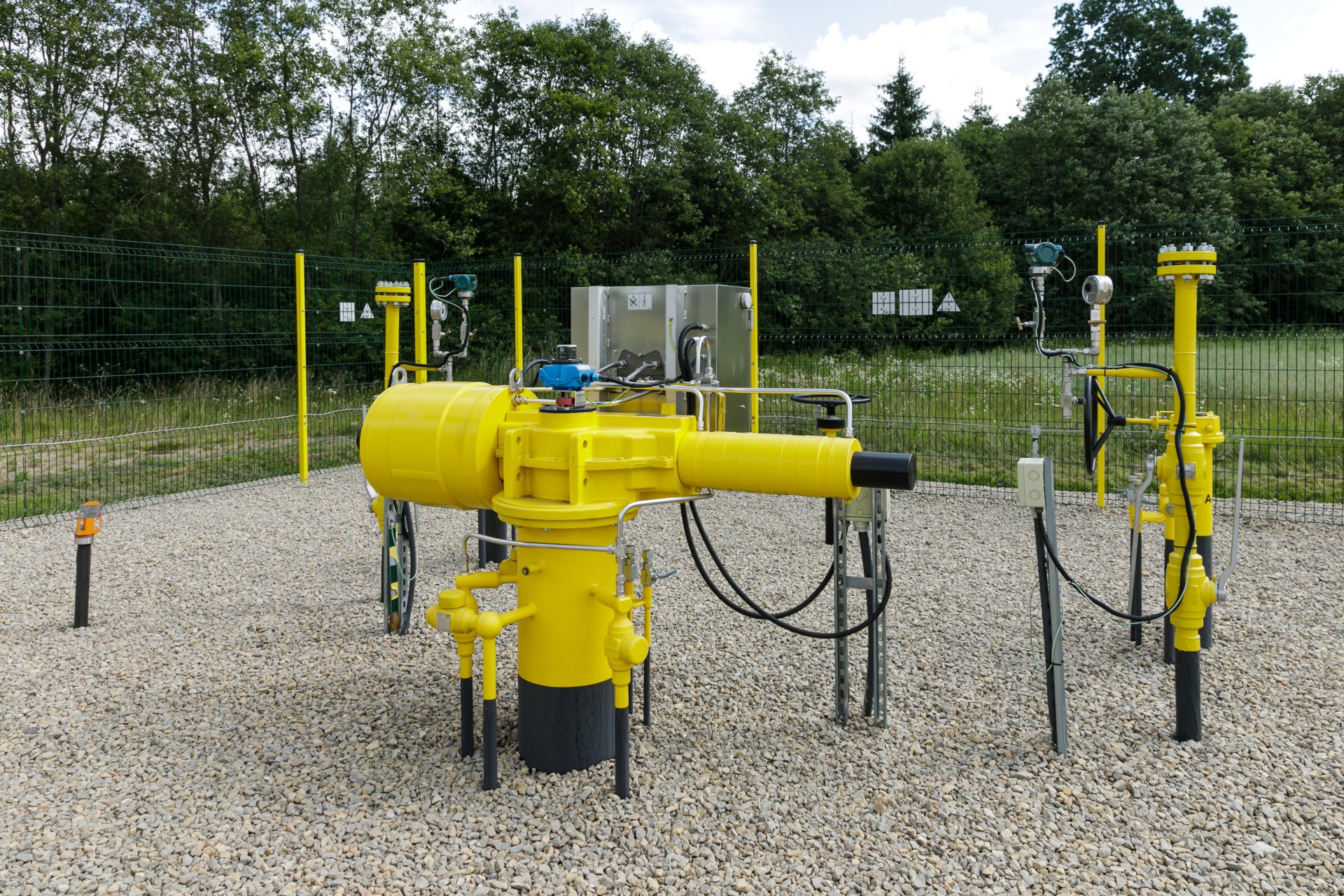
Despite lower gas demand in Lithuania, the volumes of gas transported to Latvia are growing rapidly. In the first half of 2023, 10 terawatt-hours (TWh) of gas was transferred via pipeline to Latvia for storage at the Inchukalnis underground storage facility and for the needs of the Baltic States and Finland. This is an increase of 27% compared to the first half of 2022. The volume of gas transferred to Latvia in six months is equivalent to two-thirds of Lithuania's annual gas consumption.
"With market participants transporting large volumes of gas to storage in Latvia this half-year, we assume that we will be ready in time for the winter season. The region is well and well ahead of the cold period when gas demand will be at its peak. Not only Lithuanian but also European gas suppliers, who entered our market last year with the opening of the GIPL interconnector, are using the service to transport gas to storage. In addition, the gas pipeline link between Lithuania and Latvia, which was expanded last year and is now being used to its maximum capacity, is helping to fill the Inchukalnis storage facility faster. The gas infrastructure, the investments made and the mature approach of the market players to the situation contribute to enhancing the energy security of the Baltic region and preparing for the upcoming winter," says Nemunas Biknius, CEO of Amber Grid.
"According to Gas Infrastructure Europe, the Latvian Inchukalnis gas storage facility is 66% full or 15 TWh of gas. European gas storage facilities are already 82% full.
In January-June 2023, a total of 18.8 TWh of gas was transported into the Lithuanian gas transmission system, excluding transit to the Kaliningrad region. This is essentially the same as last year at the same time, when 19.1 TWh of gas was delivered to Lithuania. Most of these imports (around 66%) were transited to other EU countries.
Gas demand in Lithuania continues to decline. In the first half of this year, the country consumed 6.3 TWh of gas, or 34% less than in the first half of 2022, when the country's gas demand reached 9.6 TWh. Domestic gas consumption declined due to the warm winter weather, high gas prices in the first months of the year and the resulting significant drop in gas use for fertiliser production and urban heating.
The GIPL pipeline connecting Lithuania and Poland transported 2.3 TWh of gas to Europe in January-June 2023 and 1.7 TWh to Lithuania.
The Klaipėda LNG terminal, the main source of gas supply to Lithuania and the other Baltic countries, accounted for 87% (16.4 TWh) of the total gas transported into the system in the first half of 2023. Flows from Latvia accounted for 3.9% (0.7 TWh) and from Poland for 9.1% (1.7 TWh).